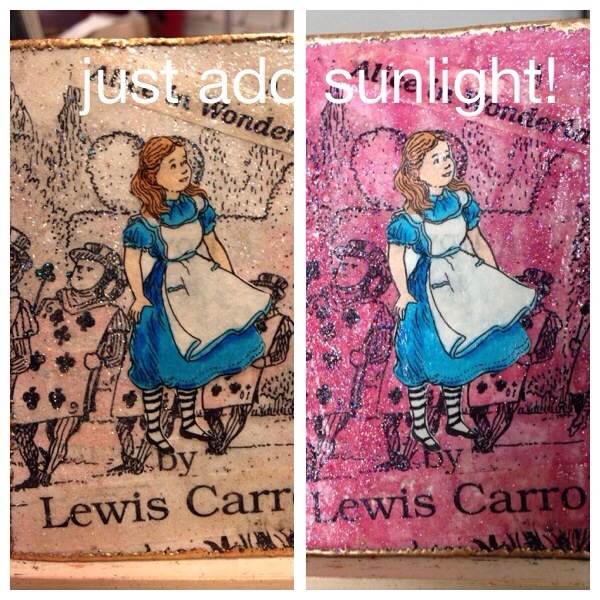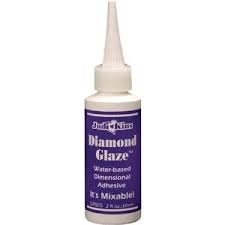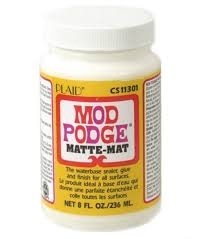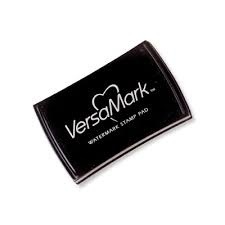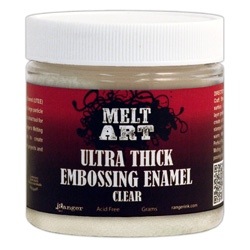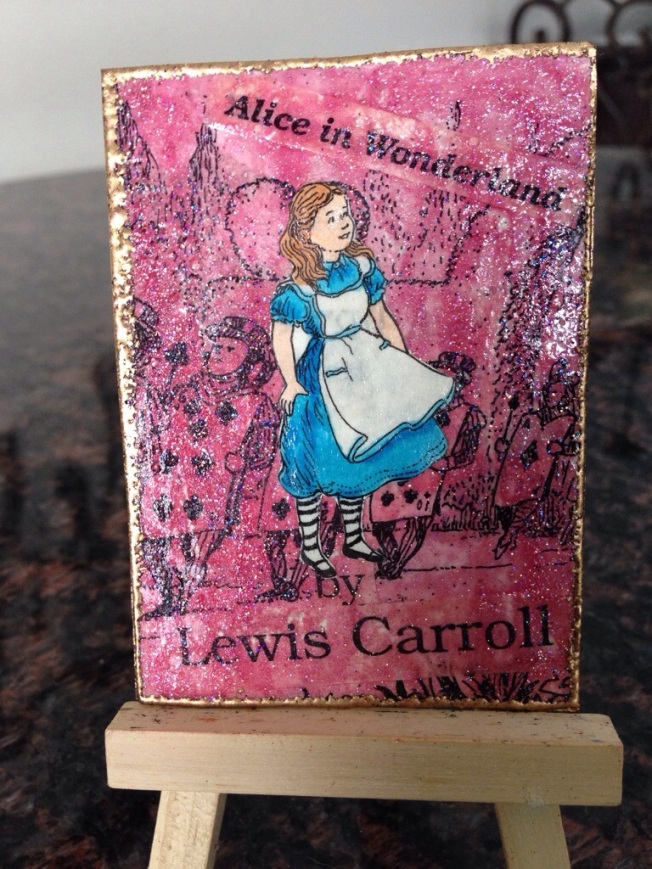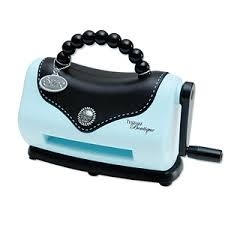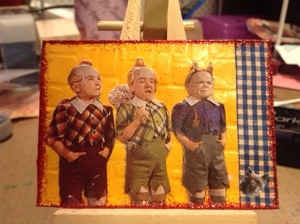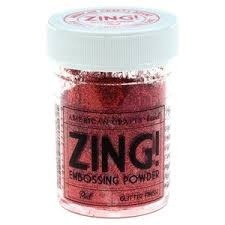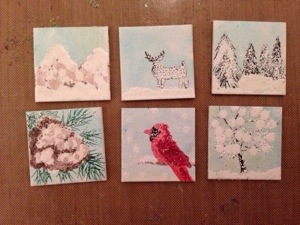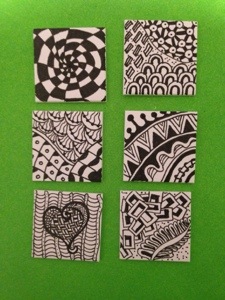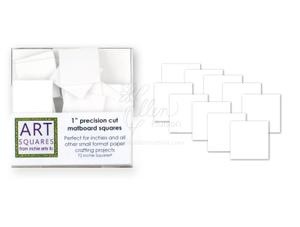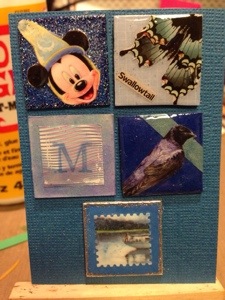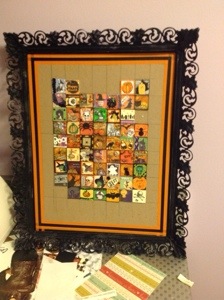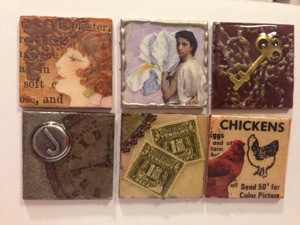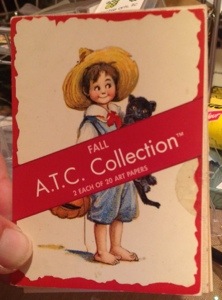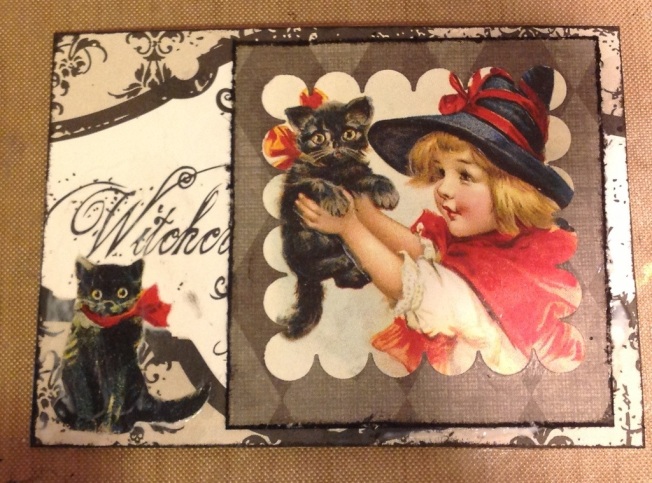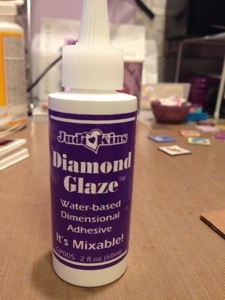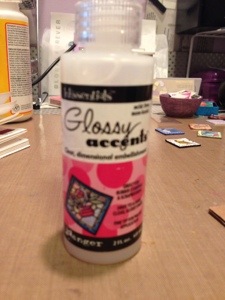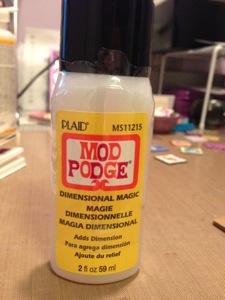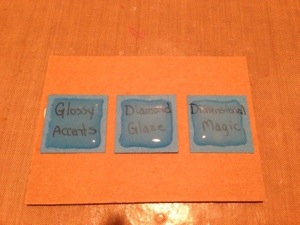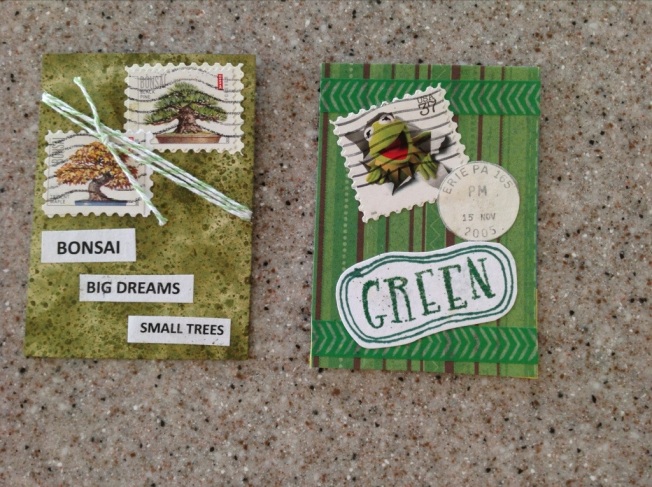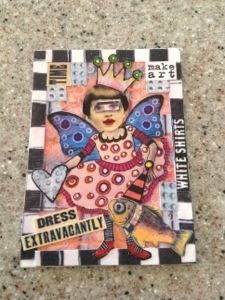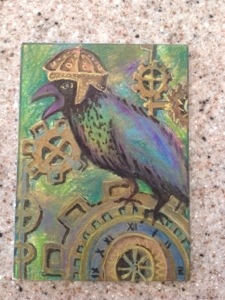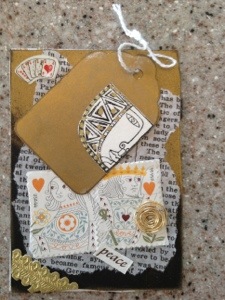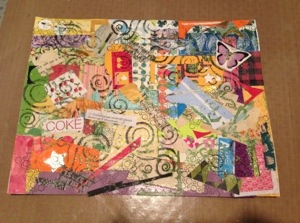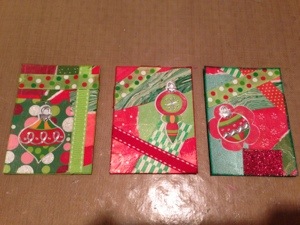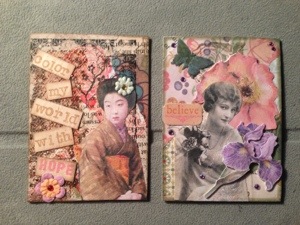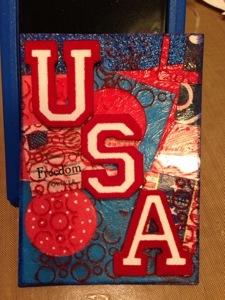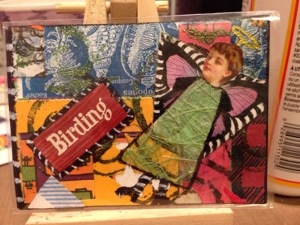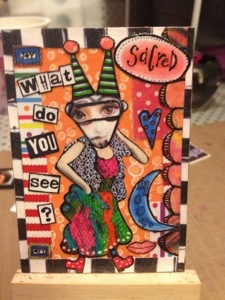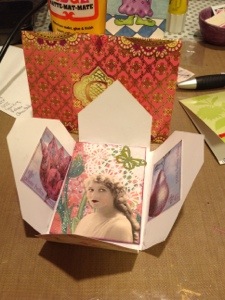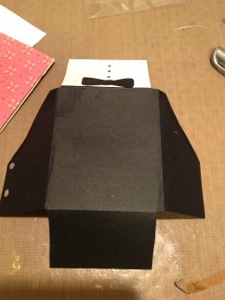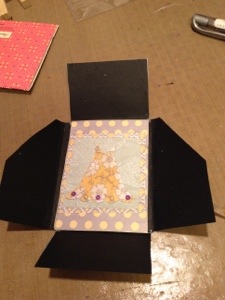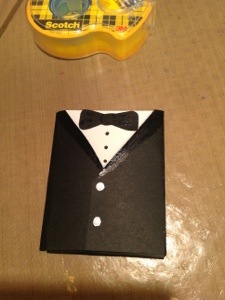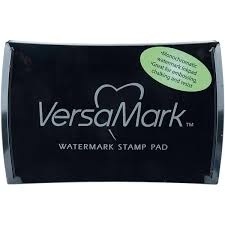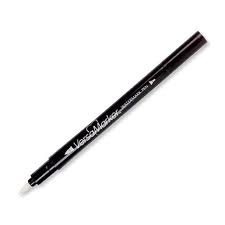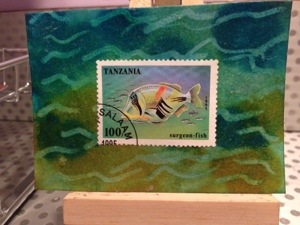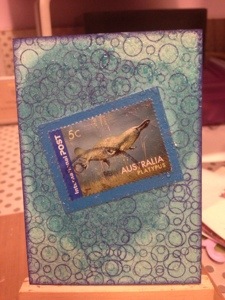
This Winter in Indiana is one for the record books. Even the most hardened of people are tiring of the cold, snow and ice. I’m a sunshine lover, anyway, so I’m finding this year to be particularly challenging.
I recently created an ATC that shares my need for sunlight. This ATC changes color when exposed to the sun!
How did I create this magic? The trick is a special nail polish I purchased while on a cruise. At one of the ports, there was a Del Sol store that sold items that react to sunlight by changing color. My daughter and I bought several colors, including the clear one that changes to hot pink (she thought it would be a good trick to paint my husbands nails with the clear when he was asleep…haven’t yet tried that, though!)
The theme of the swap was Alice in Wonderland, so I took pages I had already removed from an old book that I am altering. I cut out Alice and colored her with Copic markers and sealed with Diamond Glaze.
I layered text and illustration from the book pages, but did not add Alice yet. I used Mod Podge, matte, to adhere everything. When it dried, I covered it in Versamark medium and coated with UTEE (Ultra Thick Embossing Enamel). I melted the UTEE with a heat gun, and then allowed it to cool. I used the UTEE because I was afraid the nail polish wouldn’t work as well if absorbed into the paper.
When it cooled, I painted the entire ATC with the clear Del Sol nail polish. The nail Polish had sparkles in it, so it wasn’t entirely clear. After it dried, I took it out into the sunlight to see if it worked. It did! There were a few places lighter than others, so I gave it a second coat.
Once it was completely dry, I added the cut out and colored image of Alice. Then I used gold embossing powder to embellish the edges of the ATC.
I took it outside, and it immediately began changing color.
It also immediately began changing back as soon as I brought it inside, but I still thought this was super cool. It may be the first of its kind! I sent it to my friend, Sheryl, in Arkansas and she described it as the first “solar powered” ATC she had seen!
So here’s to our need for sunshine!
